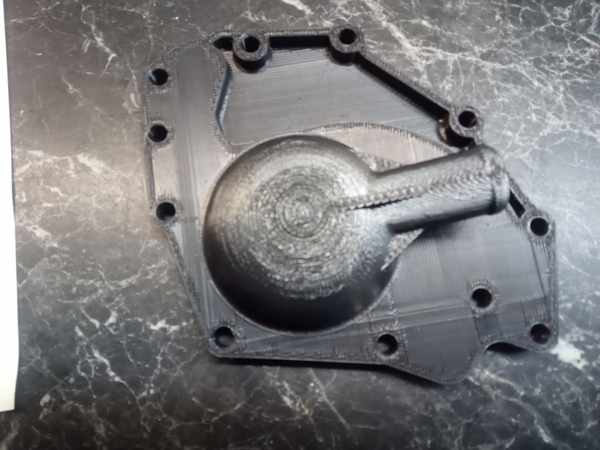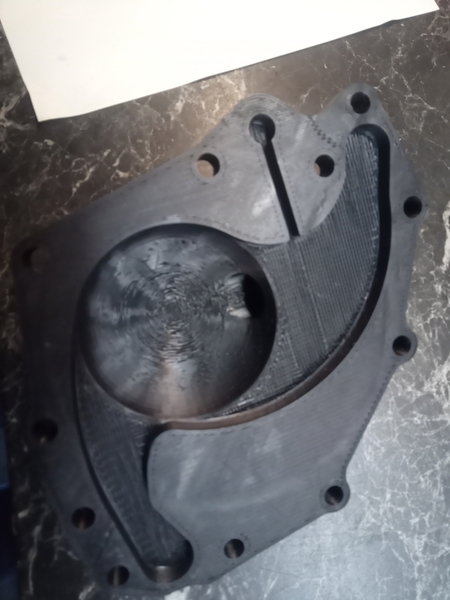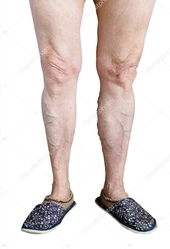Dear Friends, long time I was not writing anything here, because my Pantera works well, and we have plenty of work in the workshop. On our drift engine LS7 Customers, we usually install the davis craig water pump. So I have one left over and want to built it in the pantera as its main pump. I also want to relocate the generator, so that we are able to mount a flat panel in the middle beteen the seats , because my girl friend have those nice long legs , and she have no space for sitting in the car. Actually I cunsturcted a 3D print , wich is looking like an edelbrock water pump , but without turbine impeller and the hose connector is changed to 32mm diameter. It have a bypass to the third hole at the termostat. The question is : will it work ? Or will it burn the valves ?
Thanks
Peter
PS : I will try to upload some pics in the nex few days







